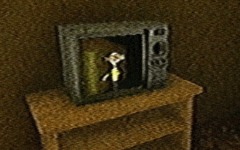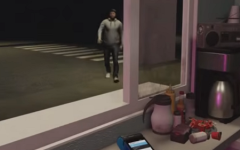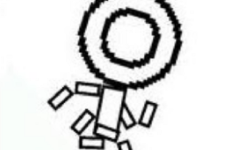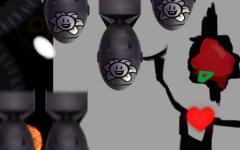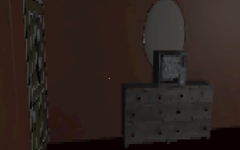Advertisement
Who’s at the door?
Advertisement

In Who’s at the Door, the player is placed inside a small, unfamiliar house with no clear memory of how they arrived. The doorbell rings. Each sound from behind that door might be real, or it might not. This game challenges players to confront uncertainty and make sense of what’s happening in an environment where time, truth, and perception constantly shift. The house becomes both a shelter and a puzzle, and the goal is not to escape it, but to understand it.
Shifting Choices and Inner Conflict
As the days pass, visitors begin arriving at the door—some offering help, others triggering suspicion. The player must decide whether to open the door, take offered pills, or avoid contact. These decisions impact not only the ending but the protagonist’s view of the world. The line between external danger and internal breakdown becomes thinner with every passing moment.
Here are some actions you may encounter:
- Answering the door at different times of day
- Accepting or rejecting medication
- Ignoring, confronting, or trusting strangers
- Observing changes in the house layout
- Trying to piece together your past using fragments
The Loop of Uncertainty
Each choice feeds back into the cycle of waking, waiting, and hearing that familiar knock again. The narrative doesn’t follow a fixed timeline—it bends depending on how you respond to fear and confusion. What begins as a simple visit turns into a mental loop, where the house subtly transforms with each reset, pushing the player toward a realization—or a total breakdown.
Design That Serves the Story
The game’s structure is tight: a single location, minimal interface, and a runtime short enough to be completed in one sitting. This simplicity is intentional, allowing focus to stay on the narrative and psychological weight of each moment. Every object in the house, every interaction at the door, becomes a clue about the protagonist’s reality or delusion. There are multiple conclusions, each shaped by how the player handles trust, routine, and the urge to know the truth.
A Game About Perception
Who’s at the Door doesn’t offer clear answers. Instead, it provides space for interpretation. The player is never told what is real—but through repeated plays and different choices, they may start to form a theory. It’s a story about one mind under pressure, and how perception can become either a survival tool or a trap.
























































































































